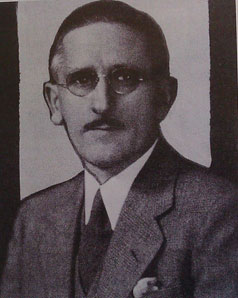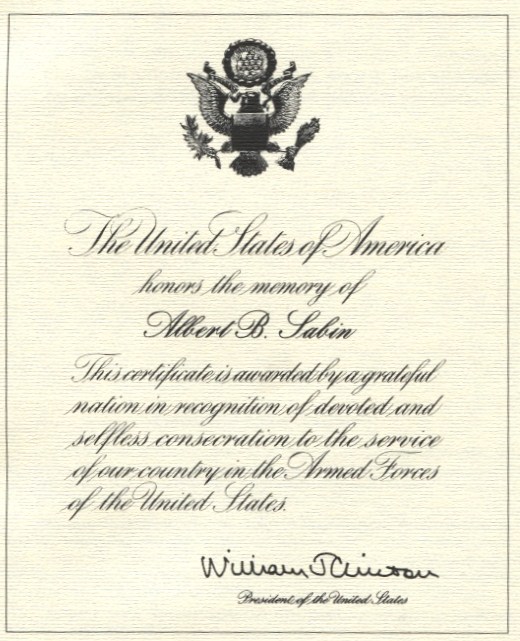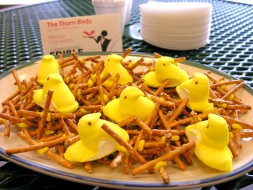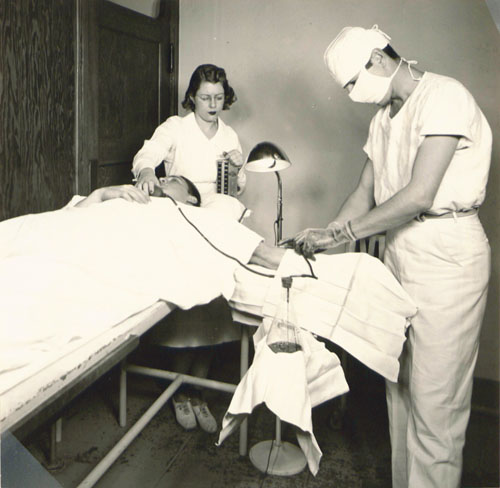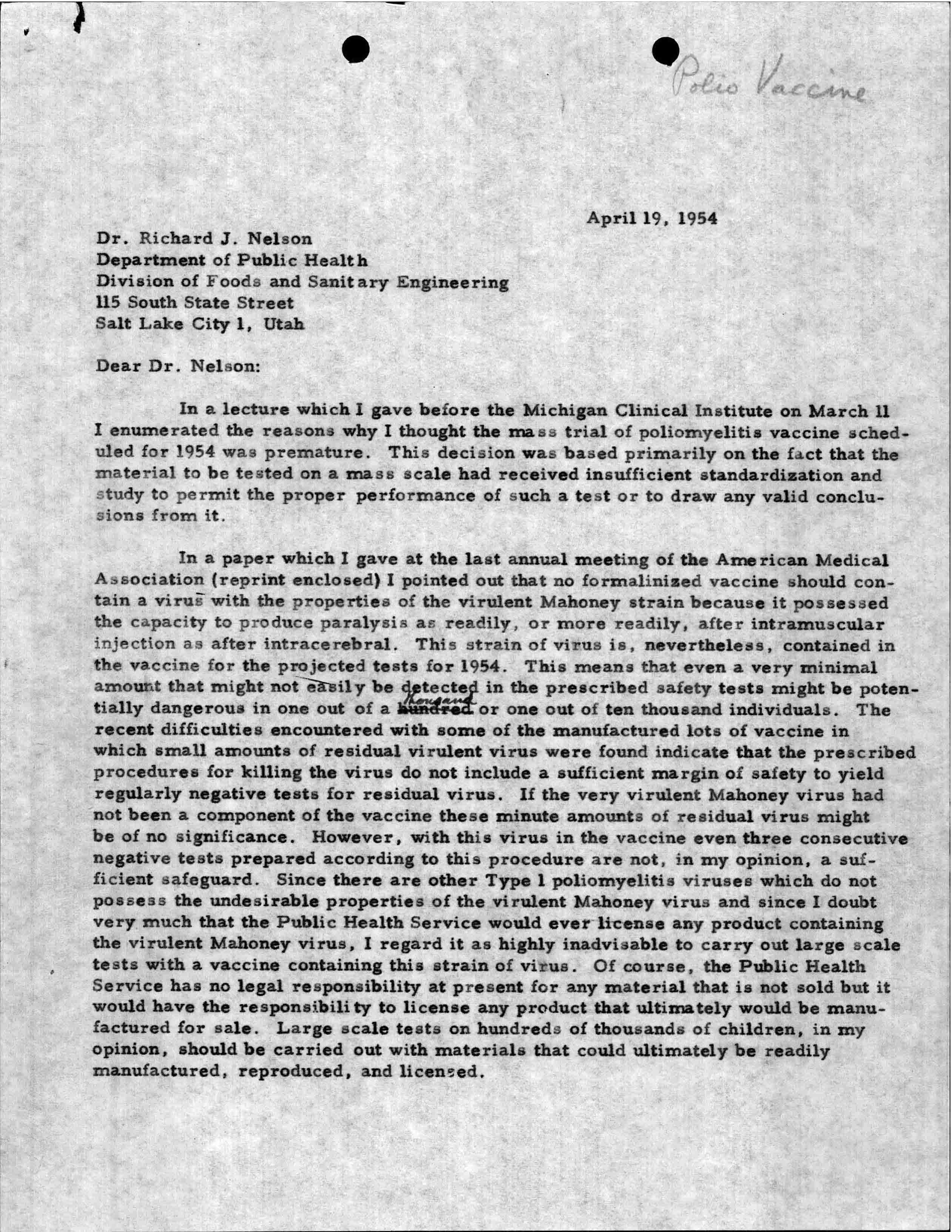
Letter from Dr. Sabin to Dr. Richard Nelson regarding the 1954 mass trial of Salk's poliomyelitis vaccine.
By Megan Ryan, Sabin Project Student Assistant
The clinical trials for Dr. Jonas Salk’s polio vaccine began on February 23rd, 1954. This initial mass inoculation was huge in scale, “the clinical trials of the Salk vaccine were the largest ever conducted, involving nearly two million children”. Immediately the vaccine was announced and hailed as an enormous victory in the medical field against a disease plaguing countries around the world. In Dr. Salk’s obituary the aforementioned announcement was referred to as “the turning point in the battle against polio” and it was said that, “news caused a public sensation probably unequaled by any health development in modern times”.[1] Continue reading

